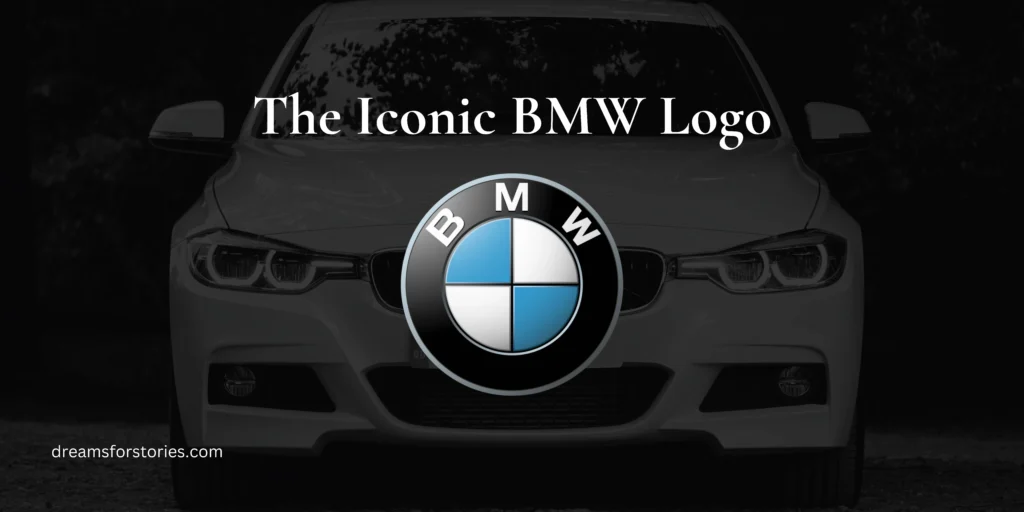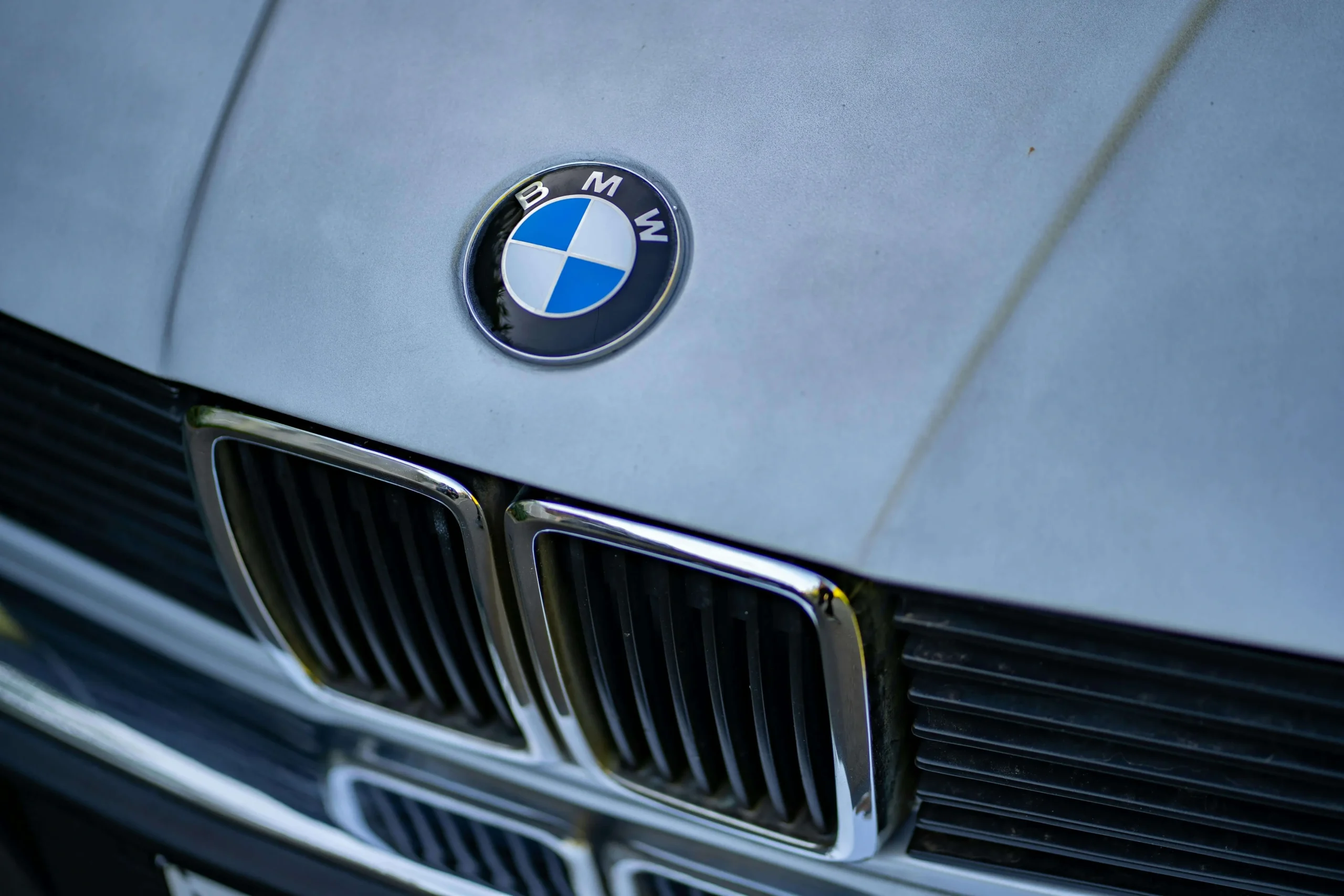The BMW logo is instantly recognizable, while the bold blue and white checkered design has now become iconic and is symbolic of luxury, performance, and German engineering excellence. But the iconic design represents much more than a pretty picture – a story etched in history, a representation of the brand’s evolution, and powerful visual language that can speak more about the identity of BMW.
A Legacy Woven in Blue and White: The Beginning
The history of the BMW logo originates in 1916, during World War I. In those times, the company was mostly involved in the manufacture of aircraft engines under the name Bayerische Motoren Werke. The very first logo, most commonly known as “The Rapp Logo,” was black and white; it had a horse at the middle and symbolized speed-a Bavarian company play. But this logo remained for a very short time.
Until 1917, when the Treaty of Versailles prohibited Germany from producing aircraft engines, that is, and until then, BMW finally approached motorcycles and, finally, automobiles. That is how the universally known checkered pattern nowadays appeared. Its logo took colors from the flag of the Bavarian Free State: blue and white. It played two roles: it honored its origins and added another signature touch, differentiating it among its competitors.
However, the original design is far different from what most people know and love today. It was a quartered circle, divided by blue and white sections that were even in number, looking like a spinning propeller-a no-so-subtle hint at the company’s aviation heritage. The name BMW, in gold, ran around the outer rim of the checkered pattern.
Refining a Classic: From Propeller to Perfection
Over the next couple of decades, the logo continued to be refined the quartered propeller design softened and morphed into the familiar checkered pattern; the gold lettering gave way to a far cleaner, much more modern white font. Curiously, the black border really remained in place for quite some period of time, before it disappeared altogether in the 1960s.
One of the biggest shake-ups came in 1933. Nazism was known for causing design successions during that period, and even BMW’s logo was not immune. For a short while, the colors were made darker, and the overall design a little more emphatic. But the change was not permanent, and when World War II was over, the logo returned to the original colors of blue and white and the original lighter shade of blue.
A Symbol of Innovation: Embracing the Three-Dimensional Era
The next huge evolution came at the turn of the 20th to the 21st century. In 1997, three-dimensional form was taken by BMW’s logo. Just with this little difference between flat and three-dimensional, there was brought a whole new dimension into the logo, which became even more representative of the brand, reflecting innovation, dynamism, and technological progress. The flat, two-dimensional one, while still appropriate to some applications, just did not do justice to a company whose engineering was forever marching ahead. Whereas its two-dimensional counterpart seemed somewhat lifeless and flat, this three-dimensional version gave the logo a vibrant, dynamic feel that supported BMW’s projected image to perfection.
Beyond the Logo: A Brand Icon
Besides the logo’s aesthetic appeal, sports full blue and white point back to history, to the quest for superlative standards, and a drive toward boundary-breaking in the automobile industry. More than a color formula, the blue and white checkered logo brands the spirit of Bavarian tradition, innovation, and a driving force towards some of the most coveted automobiles on the road.
What makes the logo so simple, yet effective, earns it a place as one of the most powerful and pervasive brand icons in the world, if not the most. As a matter of fact, it is recognizable across cultures and languages and represents a global approach. The moment one sees the BMW logo, words that come to the mind are luxury, performance, and class.
A Legacy for the Future
The BMW logo still evolves, but the colors retain the same design elements, perhaps tweaked to keep it fresh, modern, and relevant. It’s the power of an enduring well-designed meaningful logo. The BMW logo is more than just a visual identifier; it is a powerful symbol that resonates with car enthusiasts and luxury car buyers worldwide.
This is a design for which the brand has stood since time immemorial. A logo can be much more than just a design it is a story and an emotion-a strong symbol of what the core of the brand is. With every new groundbreaking design and technology that BMW presents in the automotive world, most likely its logo will continue evolving to be a timeless symbol of Bavarian excellence celebrated for generations.




